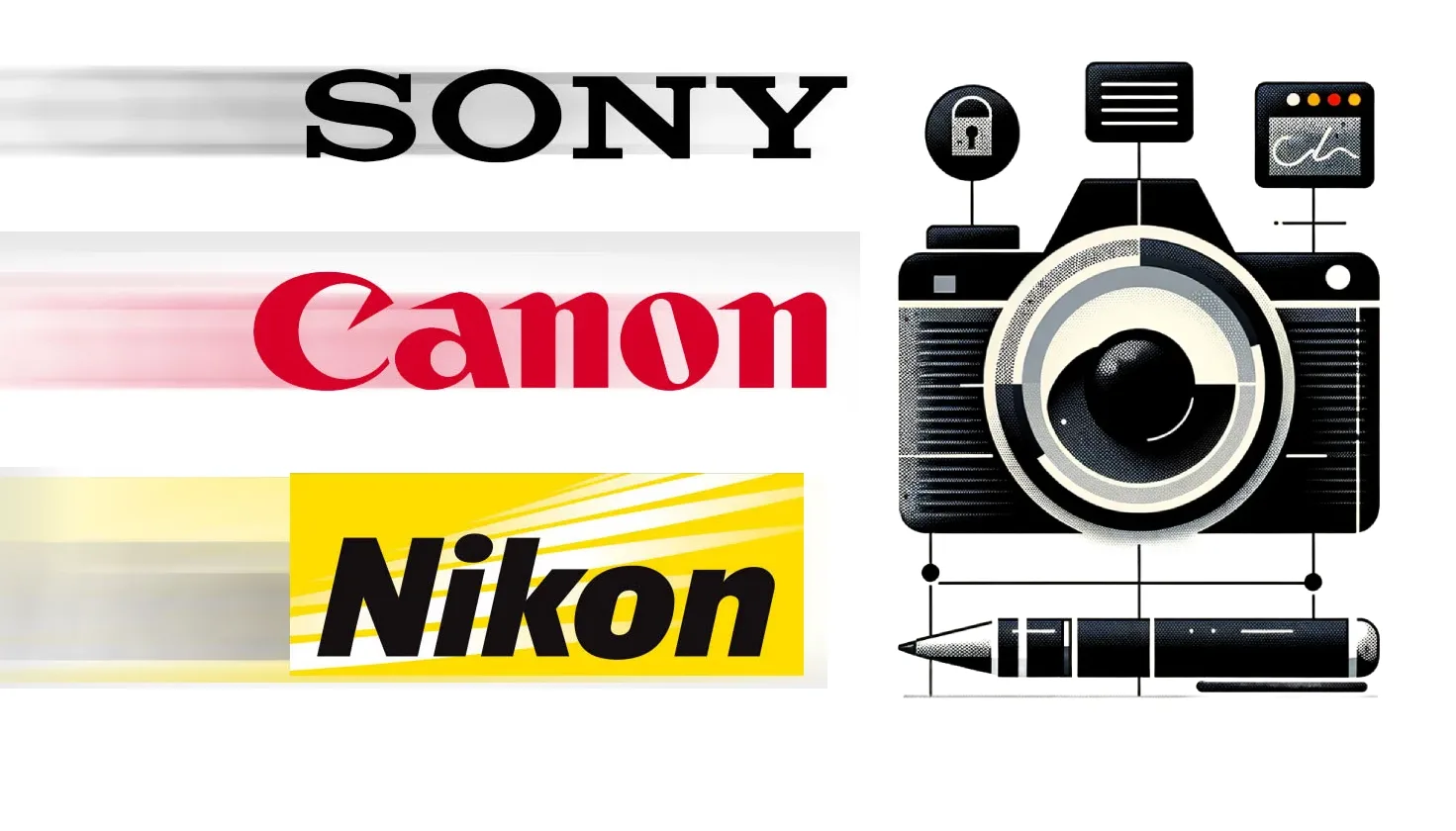Last Updated on July 12, 2024 by Team Yantra
In an era where the distinction between real and fabricated images is increasingly blurred, industry leaders Nikon, Sony Group, and Canon are taking a step forward. These camera giants are introducing a technology to ensure the authenticity of photographs by embedding digital signatures in their cameras.
This move is a direct response to the growing concern over AI fake images, deepfakes and digitally manipulated content that has been flooding the internet.
The Rise of AI Fake images and the Need for Authenticity
AI made images, Deepfakes, hyperrealistic digital falsifications, have been making headlines for their potential misuse in creating misleading or harmful content. From fake videos of political figures to manipulated images causing social unrest, the implications are alarming.
The development of AI and machine learning has made it easier to create convincing fake images and videos, challenging the credibility of digital media.
Nikon, Sony, and Canon’s Innovative Solution
Understanding the gravity of the situation, Nikon, Sony, and Canon have taken a proactive stance. As per Nikkei Asia’s report, these companies are working on embedding digital signatures within their camera systems.
This technology will provide crucial details like date, time, location, and photographer, ensuring that each image’s origin and integrity are verifiable. These signatures will be resistant to tampering, thus maintaining the authenticity of the photo.
Nikon is set to incorporate this feature in its mirrorless cameras, while Sony and Canon are extending it to their professional-grade mirrorless SLR cameras.
The Role of Verify: Ensuring Global Standardization
A pivotal part of this initiative is the establishment of a global standard for digital signatures. This standardization is crucial for the technology’s effectiveness and broad acceptance.
The three companies have agreed on a common framework that will be compatible with Verify, a web-based tool launched by an alliance of global news organizations, technology companies, and camera makers.
Verify will allow anyone to check the credentials of an image, displaying relevant information for images with digital signatures. It will also flag images as having “No Content Credentials” if they are created or altered by artificial intelligence.
Broader Implications and Other Contributions
The implications of this technology extend beyond the realm of photography. It’s a significant step towards restoring trust in digital media, especially in an era where misinformation can spread rapidly online. This initiative is not just about protecting the integrity of images, but also about safeguarding the truth and authenticity in the digital age.
Other tech giants like Google and Intel are also contributing to this battle against fake images. Google has released a tool to add digital watermarks to AI-generated pictures, while Intel’s technology analyzes skin color changes to verify authenticity.
Looking Ahead: Implementation and Expansion
The new camera technology is anticipated to be available by 2024, with Sony planning to release it in the spring, followed by Canon a year later.
Furthermore, there’s potential for expansion into video technology, which would be a significant advancement given the prevalence of video content in today’s digital landscape.
The initiative by Nikon, Sony, and Canon marks a significant milestone in the fight against digital misinformation. By embedding digital signatures in their cameras, these industry leaders are not just enhancing their product offerings but are also taking a stand for authenticity in an increasingly digital world.
As we move forward, it will be crucial to see how this technology develops and integrates into the broader landscape of digital media, potentially setting a new standard for trust and reliability in the images that shape our understanding of the world.

Leave a Reply
You must be logged in to post a comment.